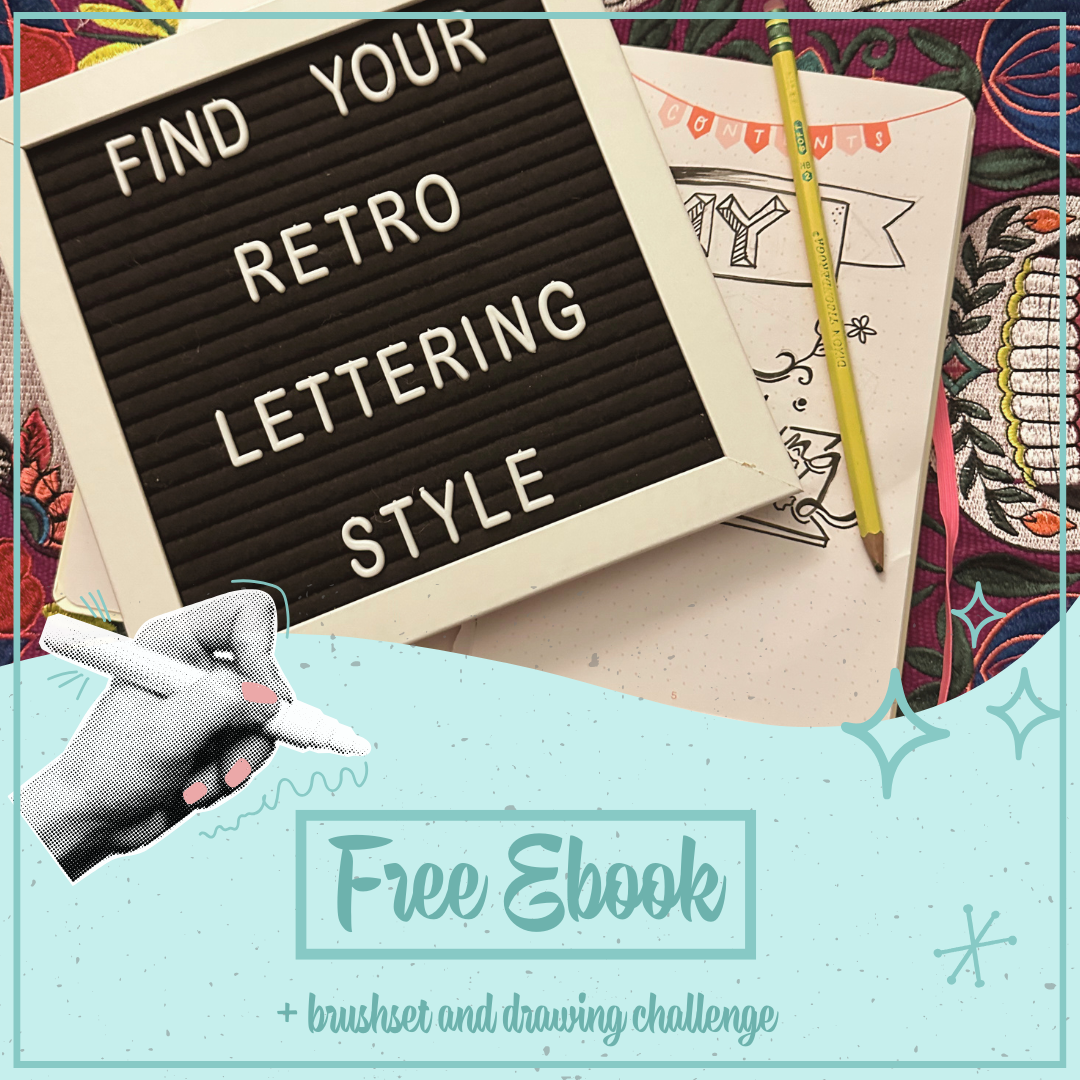The Timeless Appeal of Retro Design in Modern Products
In the ever-changing world of design, trends come and go, but some styles stand the test of time. Retro design, with its vibrant colors, nostalgic charm, and bold patterns, continues to captivate audiences and inspire modern products. Whether it’s in fashion, home decor, or digital design, retro aesthetics seamlessly blend the past with the present, creating products that feel both familiar and fresh. So, what makes retro design so enduringly appealing?
1. Nostalgia: A Powerful Connection
Nostalgia is one of the most significant drivers behind the popularity of retro design. It evokes memories of simpler times, sparking a sense of comfort and joy. People often associate retro styles with fond childhood memories or iconic cultural moments, making them feel emotionally connected to products with a vintage flair. This emotional resonance gives retro-inspired products a unique edge in a market often dominated by fleeting trends.
For example, the resurgence of vinyl records, Polaroid cameras, and mid-century modern furniture taps into this longing for the past, making these products not only functional but also emotionally meaningful.
2. Bold Colors and Patterns That Stand Out
Retro design is unapologetically bold. From the earthy tones of the 1970s to the neon brights of the 1980s, retro styles offer a color palette that instantly grabs attention. Coupled with geometric shapes, funky patterns, and playful typography, retro aesthetics bring a sense of fun and energy that modern minimalist trends often lack.
These distinctive elements make retro-inspired products perfect for those who want their designs to stand out in a crowded marketplace, whether it’s a website, packaging, or apparel.
3. A Blend of Familiarity and Innovation
Retro design strikes a delicate balance between familiarity and innovation. By taking elements from the past and reimagining them for today’s audience, designers create products that feel both timeless and modern. This approach works especially well in branding and product design, where a nod to the past can make a product feel trustworthy and established while still appealing to contemporary tastes.
A prime example is the use of retro fonts and vintage-inspired logos in modern branding. Companies like Coca-Cola and Levi’s have leaned into their heritage to reinforce their authenticity and appeal to younger audiences seeking genuine, storied brands.
4. Versatility Across Industries
One of the reasons retro design remains relevant is its incredible versatility. It can be adapted to suit various industries and products, including:
Fashion: Think high-waisted jeans, vintage band tees, and cat-eye sunglasses.
Home Decor: Mid-century modern furniture, retro-inspired wallpapers, and statement lighting.
Graphic Design: Retro fonts, grainy textures, and vibrant posters.
Tech Products: Gadgets with vintage aesthetics, like typewriter-style keyboards or pastel-hued appliances.
This adaptability ensures that retro design continues to find new life in different forms, keeping it fresh and exciting.
5. Sustainability and Upcycling
As sustainability becomes a priority, retro design’s emphasis on timelessness aligns with the growing demand for eco-friendly products. Vintage-inspired items often encourage reuse, upcycling, or repurposing, reducing waste and promoting sustainability. For instance, refurbished furniture or retro clothing pieces can be both stylish and environmentally conscious, making them even more appealing to today’s consumers.
6. The Influence of Pop Culture
Pop culture plays a significant role in the enduring appeal of retro design. From Netflix’s "Stranger Things" to the resurgence of 80s synth music, media has rekindled interest in vintage aesthetics. This cultural spotlight brings retro styles back into the mainstream, influencing how designers and brands incorporate them into modern products.
How to Incorporate Retro Design into Your Products
If you’re looking to infuse your products with retro charm, here are some tips:
Choose a Decade: Each decade has distinct design elements. Decide whether you want the sleek lines of the 1950s, the bold patterns of the 1970s, or the neon vibrancy of the 1980s.
Incorporate Textures: Grainy textures, halftones, and aged effects can add depth and authenticity to your designs.
Use Retro Typography: Fonts like serif styles or bold script can instantly evoke a vintage feel.
Play with Colors: Explore retro-inspired color palettes to set the tone for your design.
Mix Old and New: Combine retro elements with modern techniques for a fresh take on vintage aesthetics.
Retro design’s timeless appeal lies in its ability to evoke nostalgia, stand out with bold aesthetics, and adapt to contemporary needs. By blending the charm of the past with the innovation of the present, it creates products that resonate across generations. Whether you’re designing for fashion, tech, or home decor, embracing retro design can help your products capture attention and leave a lasting impression.
Join the Conversation!
What’s your favorite example of retro design in modern products? Do you love vintage typography, bold color palettes, or classic textures? Share your thoughts in the comments—I’d love to hear!
Want More Retro Design Inspiration?
"Check out How to Incorporate Retro Aesthetics into Your Branding for more ways to bring vintage charm into your work!"
Create Your Own Retro-Inspired Designs!
Looking to capture that timeless retro feel? My Grit and Grind Texture Pack, Dot Rotten Halftone Brushes makes it easy to add authentic vintage textures, and halftones, to your artwork—perfect for print and digital designs!
Free Retro Lettering Design Toolkit!
Sign up for my newsletter and get a free set of vintage-inspired design elements to kickstart your next project! Plus, you'll receive exclusive design tips, freebies, and early access to new digital assets. Join here!



